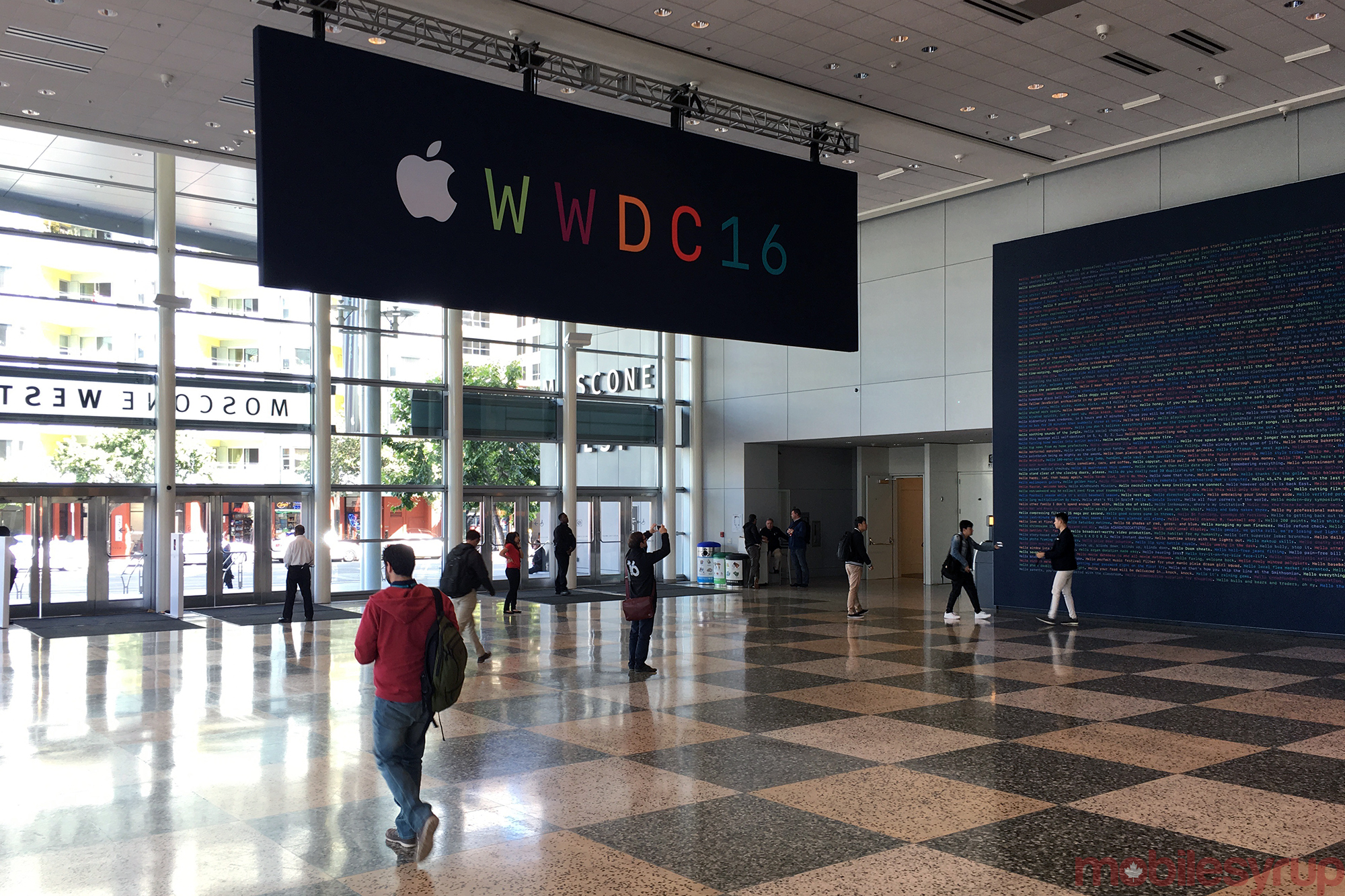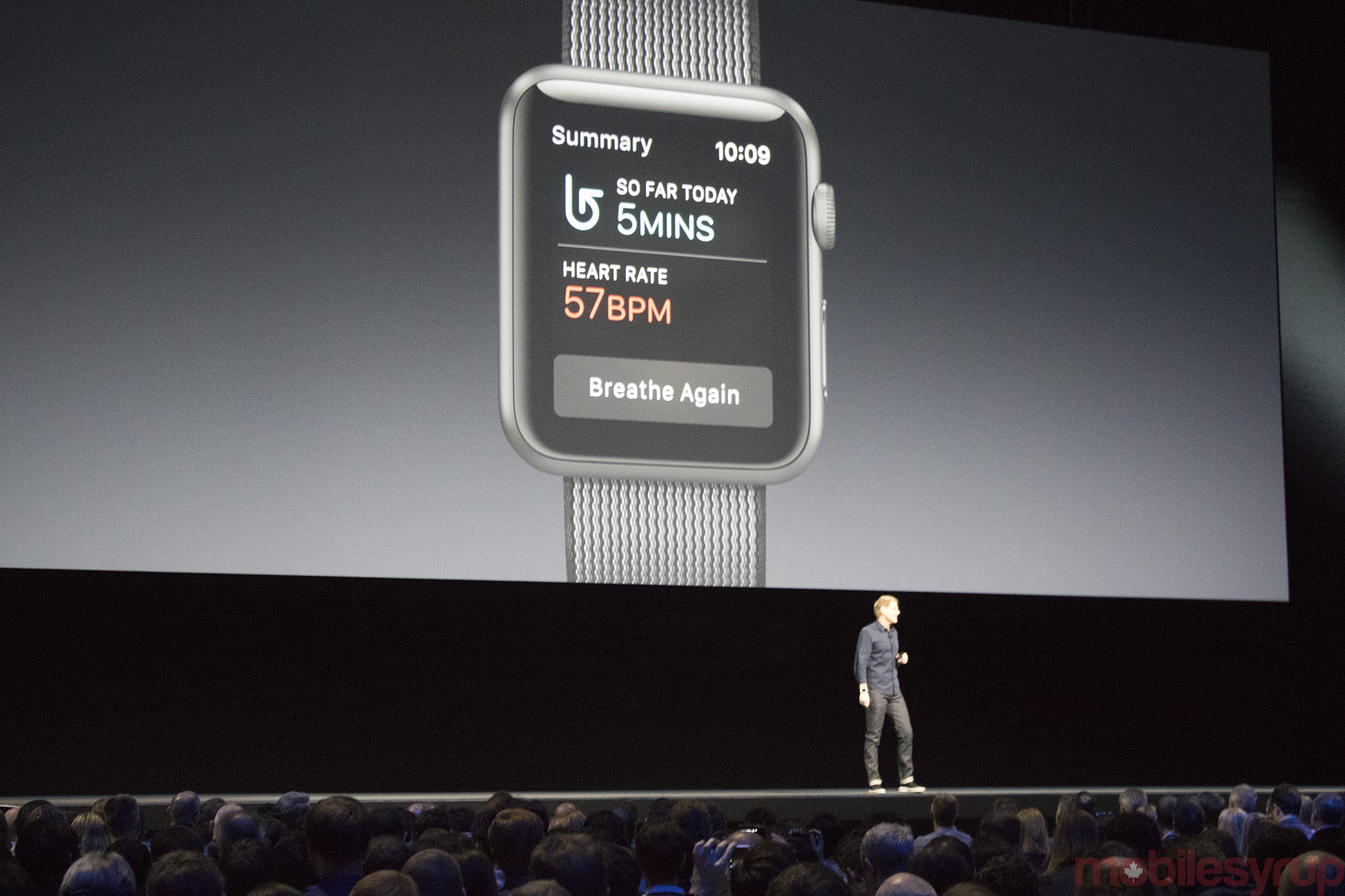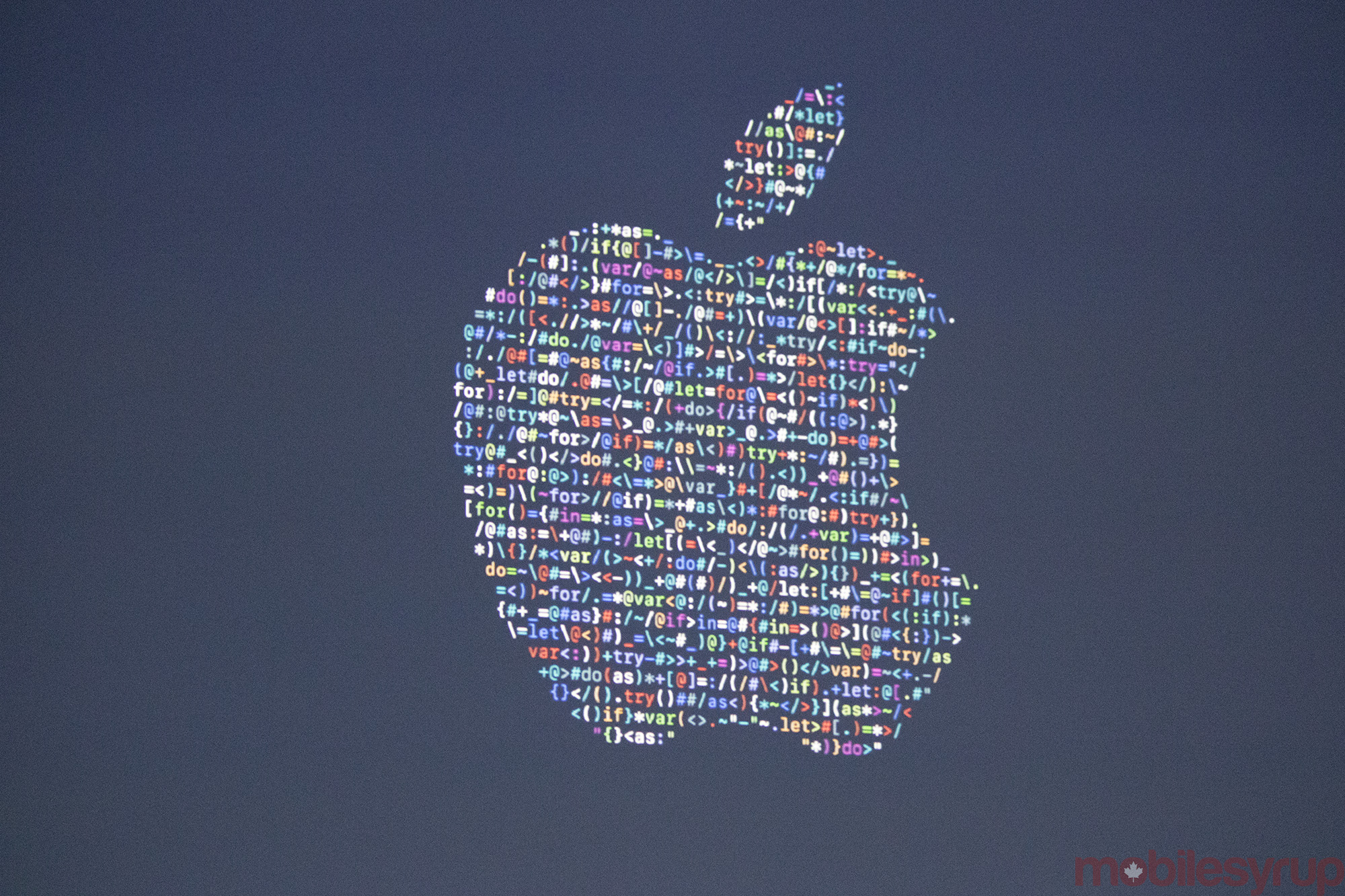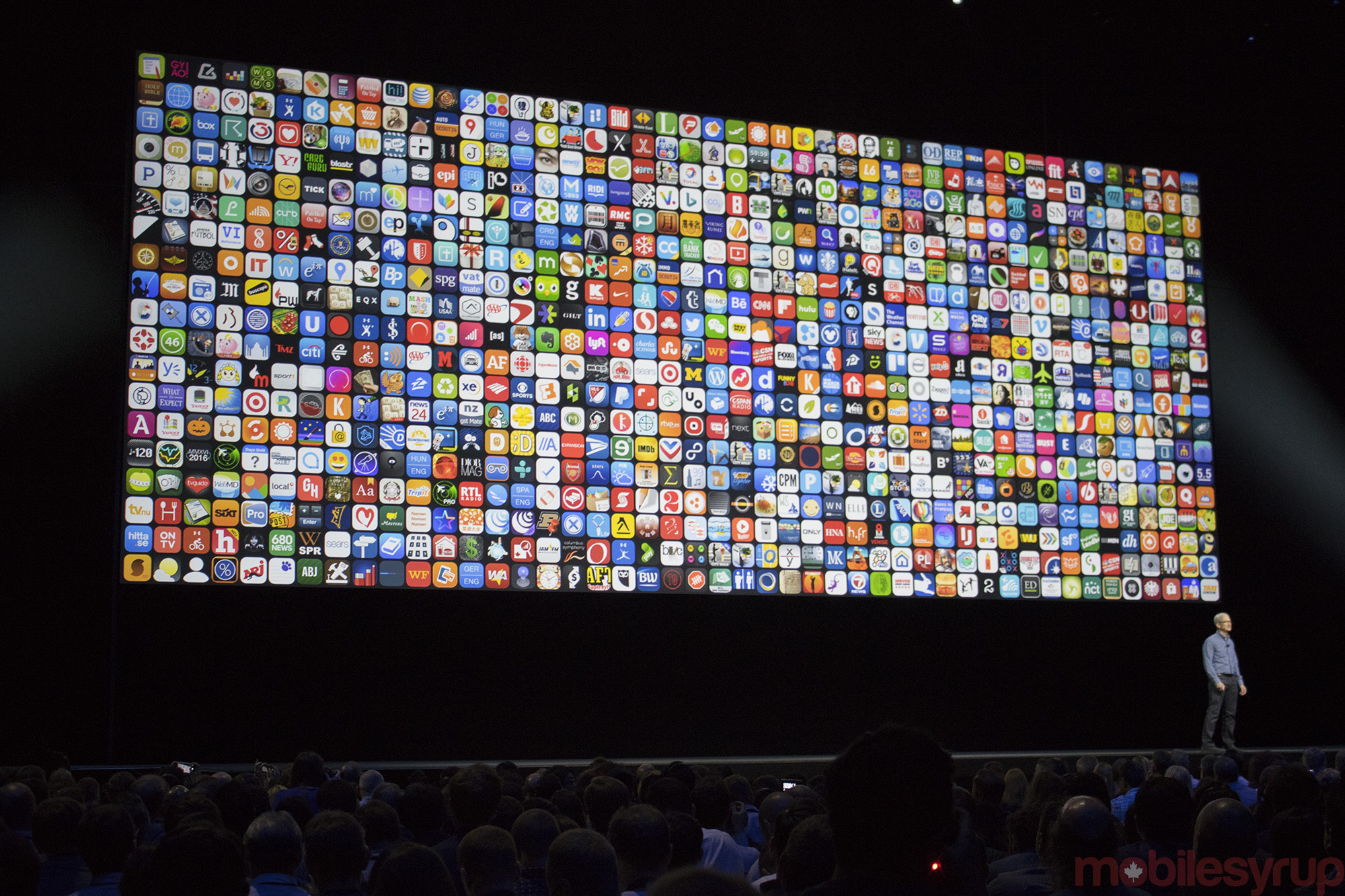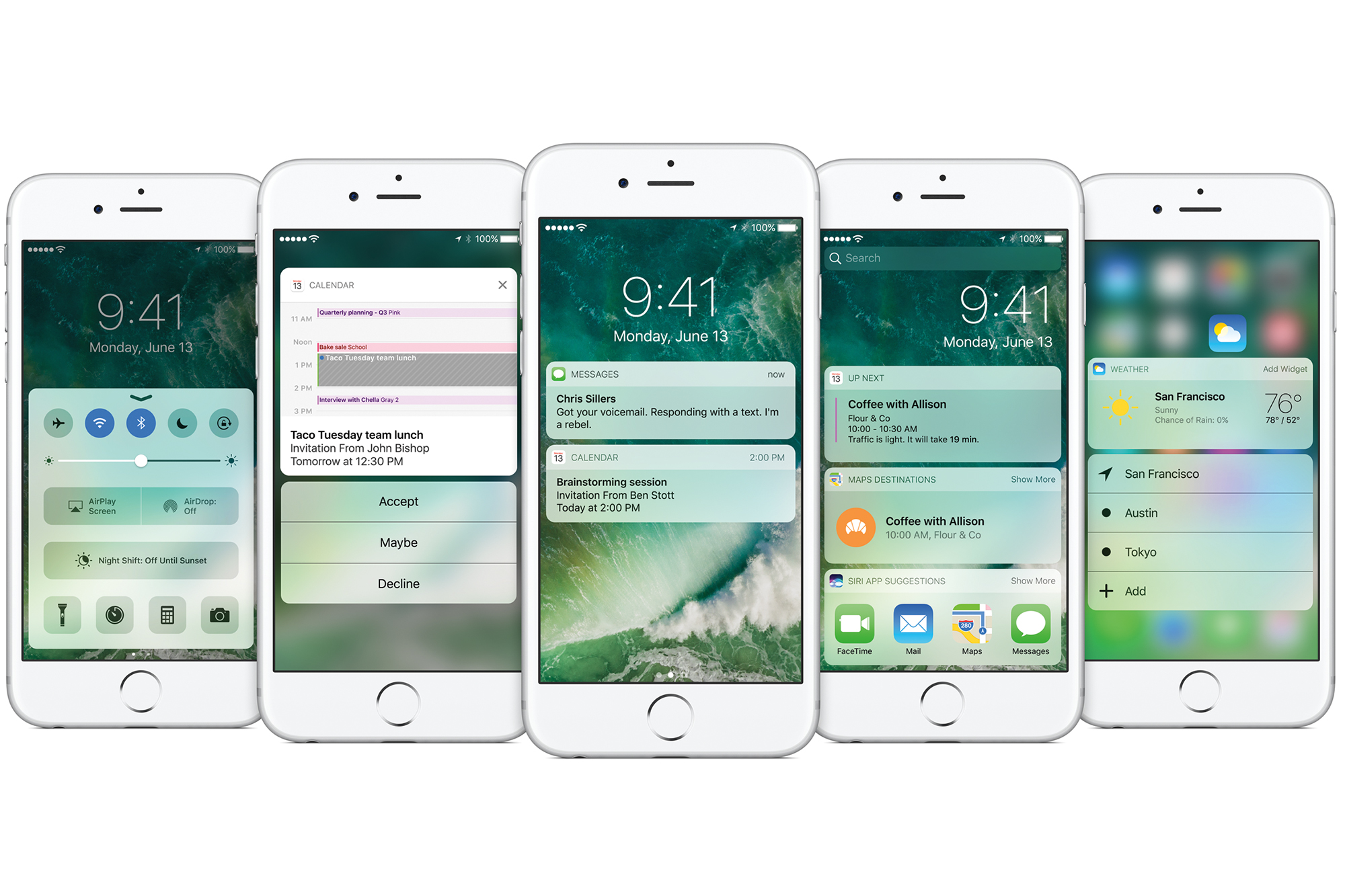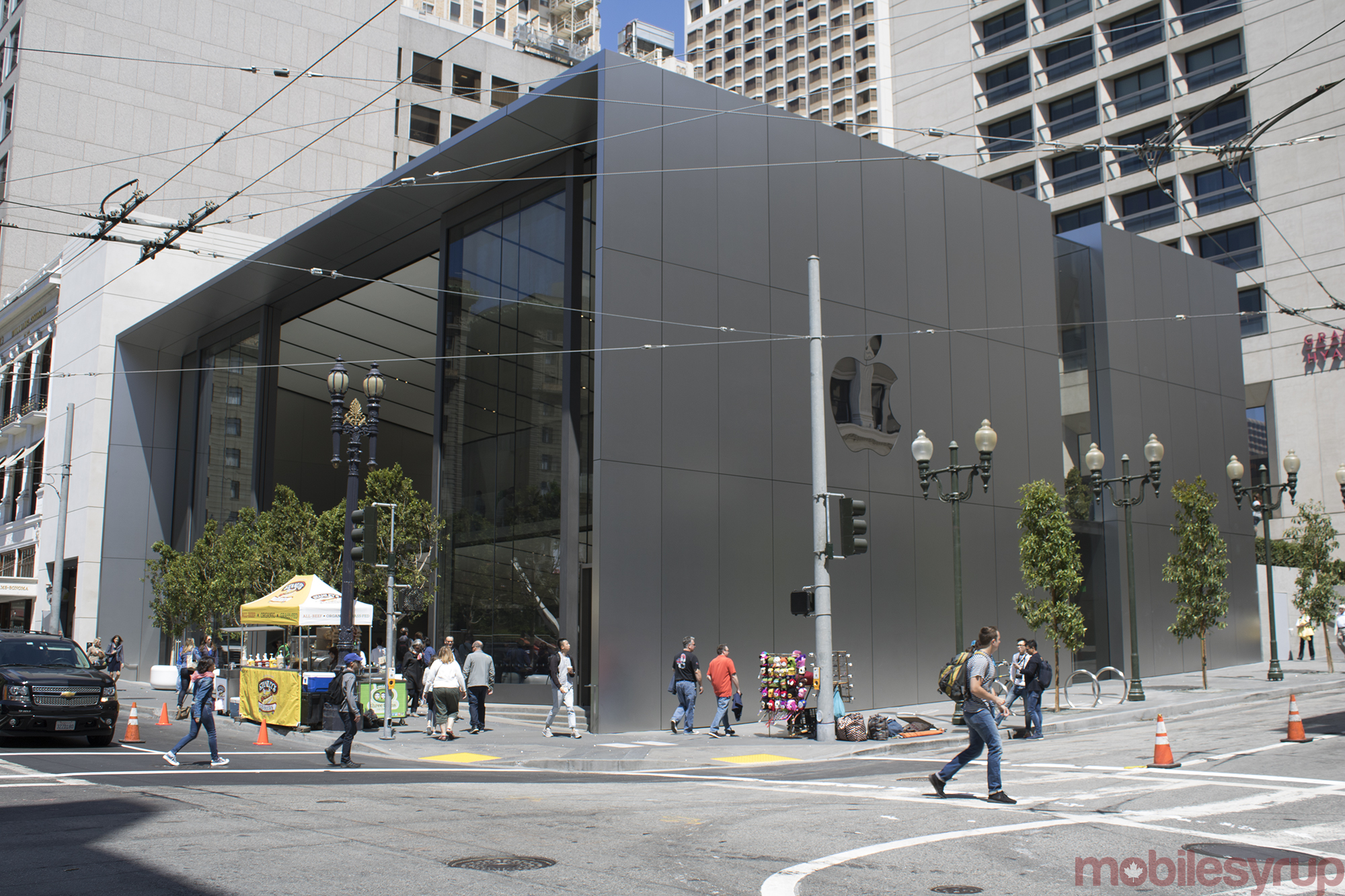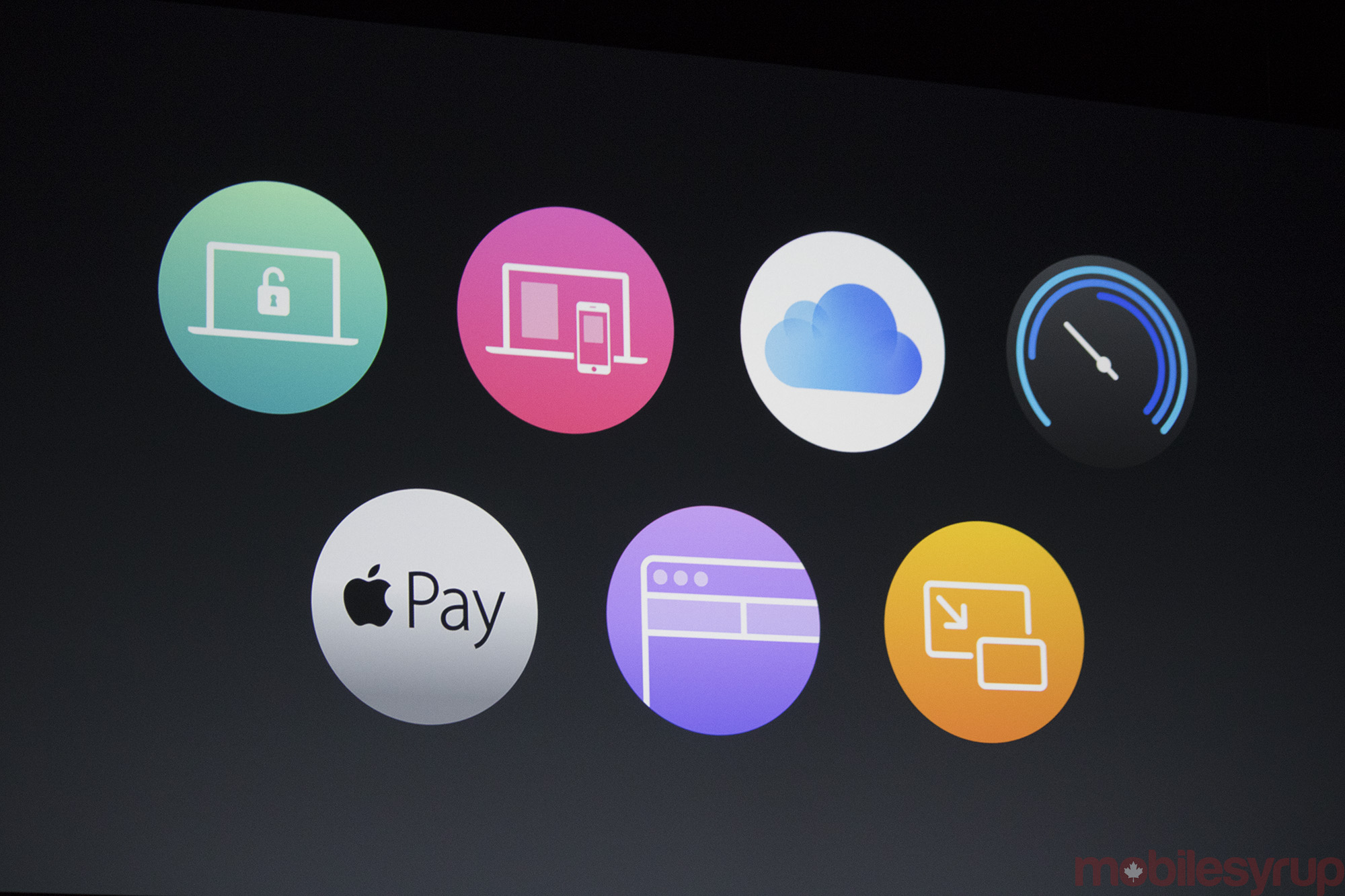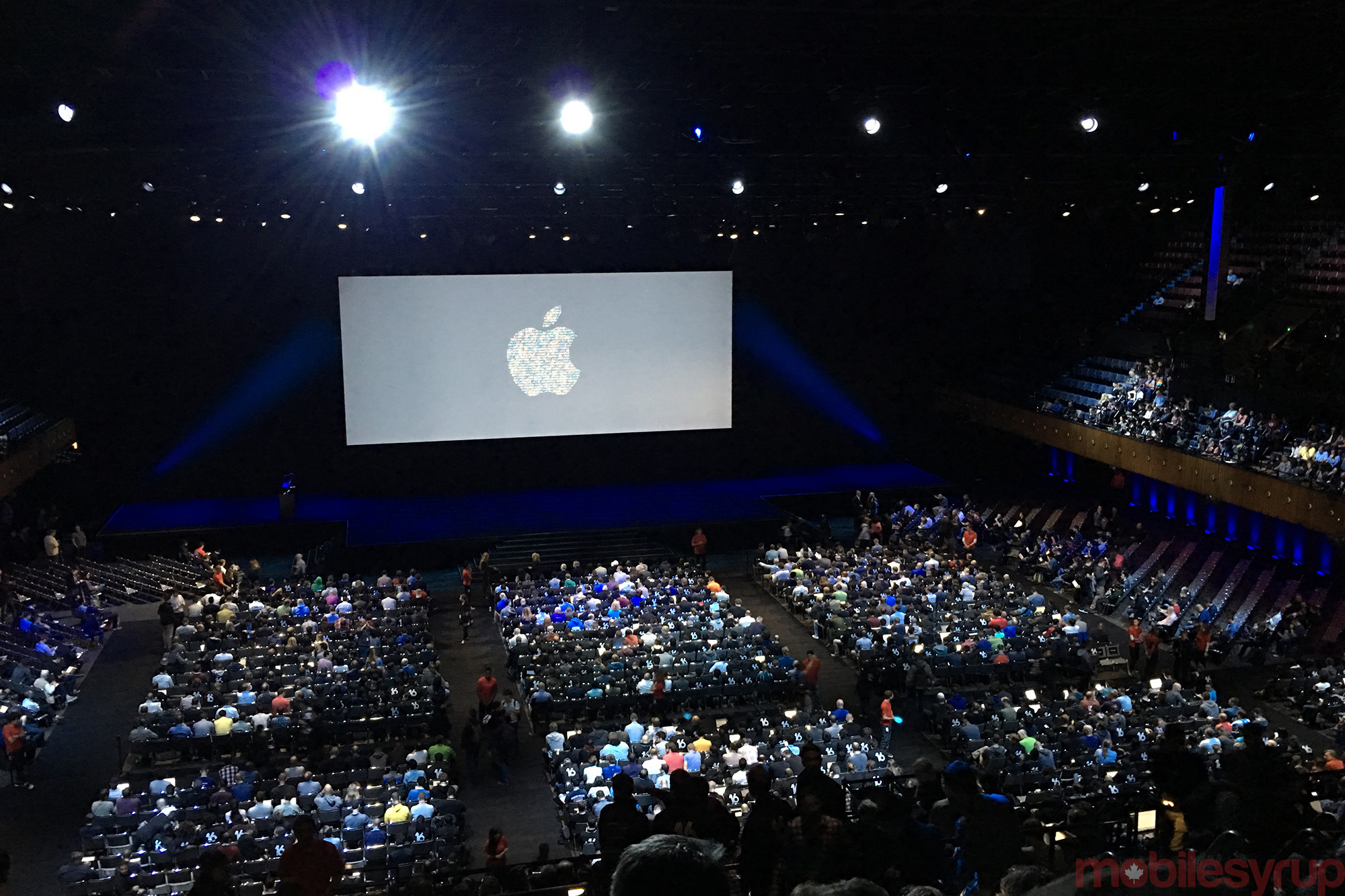
In June every year thousands of developers, many from Canada, converge on San Francisco for Apple’s World Wide Developer Conference (WWDC), a week long event featuring presentations and labs by Apple’s in-house engineers. The annual function also marks the unveiling of software updates for the tech giant’s various platforms.
This year’s conference saw the reveal of iOS 10, the latest version of Apple’s mobile operating system, an unprecedented update that turns Messages and Siri into open development platforms, and also adds new lock screen functionality, as well as a complete revamp of Apple Music’s UI.
watchOS 2, the current lackluster software powering Apple’s smartwatch, is poised to receive a variety of performance and functionality updates with the release of watchOS 3. The changes could fundamentally expand what kind of apps developers are capable of creating for the often-criticized wearable.
tvOS, Apple’s 4th-generation Apple TV operating system, and macOS, Apple’s desktop OS previously known as OS X El Capitan, also received minor software upgrades, though Siri integration and the ability to automatically unlock a Mac via the Apple Watch are also key new features included in the roll out.
One theme, however, ran through all of WWDC 2016; the fact that Apple’s walled-garden approach to software is slowly crumbling away as the company opens Siri, Messages and watchOS 3 up to the creativity of developers, the people who create the software that built up Apple’s robust app ecosystem in the first place.
A number of Canadian developers made the pilgrimage to San Francisco’s Moscone Centre, many for different reasons, and some, with no intention of attending the pricey conference in a traditional way.
Basil Al-Dajane, the Waterloo, Ontario-based cofounder of Medly labs’ Medly, a iOS and watchOS 2 music editing tool designed to make creating simple melodies accessible, says his experience at WWDC has been focused on learning.
What Al-Dajane found most interesting coming out of WWDC 2016 is the significant changes Apple has made to the Apple Watch’s app development process with watchOS 3.
“We actually did build a watchOS 2 app. I would say making [watchOS 2] apps for the Apple Watch was actually a painful process and very restricting. You have to follow specific guidelines and there were a couple things that felt very disjointed between watchOS 1 and 2,” said Al-Dajane.
With the release of watchOS 3, according to Al-Dajane, most of these problems have been fixed, as long as the OS lives up to the lofty expectations Apple has set. SpriteKit and SceneKit, new development tools aimed at ensuring creating content for the Apple Watch easier, have mitigated issues such as limits related to how developers create images for their apps, to what buttons can be used for certain purposes.
Swipe gestures and Digital Crown access, as well as the ability to create more graphically intensive apps thanks to the release of SpriteKit, are poised to allow Al-Dajane and his development studio to create a watchOS 3 app that isn’t “watered down,” something he felt wasn’t possible with Medly’s watchOS 2 app because of Apple’s self-imposed development restrictions on the device.
“Background fetch and putting the apps in the Dock [up to 10 apps can be added to watchOS 3’s dock], I think those are great changes from a usability standpoint,” continued Al-Dajane. With the launch of a dedicated Dock, watchOS 2’s Glances, which were updated to be slightly more speedy with the release of watchOS 2, but still not quite not fast enough, the Apple Watch could become significantly more useful.
watchOS 3 is a significant step towards allowing developers to create apps that Apple Watch owners will actually want to use, encouraging them to look at their wrist rather than reach for their iPhone, the ultimate goal of the Apple Watch since its launch, continued Al-Dajane.
This has lead some to believe that watchOS 3 is actually laying the groundwork for the eventual release of the Apple Watch 2, a second-generation watch that’s expected to operate as a standalone device, possibly even with its own independent data connection, completely untethering the watch from the iPhone.
But not all Canadian developers who attend WWDC make the trek to California for the actual conference like Al Dajane, who actually attended the gathering of Apple developers for the first time this year.
Some coordinate the trip to sunny San Francisco with WWDC in order to take advantage of networking and business opportunities. After all, every year WWDC rolls around, most of the top Apple developers are all located within a few miles radius of each other, crammed into the confines of San Francisco.
That’s exactly why Allan Lavell headed to San Francisco. The Halifax-based developer is the creator of Glitch Wizard, a psychedelic picture editing iOS app that allows users to place trippy overlays on top of everyday photographs and Hyperspektiv, an app that performs the same task, but with an emphasis on video.
“I find it to be kind of a meditative experience, because you come out for something that’s focused on this one thing, iPhone and Apple development, but you spend all day hanging out with other people who are programmers and you learn a lot in general,” said Lavell, explaining that while he may not be attending official WWDC sessions and labs, he’s still in San Francisco during the week of Apple’s developer’s conference to learn and expand his skill set as an app creator.
“It lets you take things in on a deeper level than if you were just programming all day and ignoring what other people are doing. It’s like a social learning experience,” said Lavell, talking about the social side of WWDC.
In terms of specific announcements, just like Al Dajane, Lavell views watchOS 3 as one of WWDC’s more exciting announcements, mentioning that while the Apple Watch is still in dire need of a hardware update, Apple’s new software for the wearable has made the OS and in turn the device itself, considerably more useful for both developers and users.
“If their watch update actually does what it says it’s going to do, the Apple Watch might actually be useful,” said Lavell, mentioning that if the update pans out as he hopes, it will likely encourage him to create some sort of Glitch Wizard Watch companion app.
Other developers attend WWDC for a combination of reasons, including garnering mainstream press attention, as well as learning about Apple’s new software.
Toronto-based developer Ryan Cash and his studio Snowman, the developers of critically acclaimed mobile game Alto’s Adventure, decided to come back to WWDC after attending the Game Developer’s Conference (GDC) for the last two years, because Apple and its platforms have become his studio’s main development platform.
“It offers up a chance to meet with people who wouldn’t be at GDC. GDC is very game specific. So this [WWDC] is more mainstream press and of course there are lot of people from Apple here,” said Cash.
Cash also mentioned that being at WWDC this year has allowed him to attend an Apple keynote in person for the first time, the Design Awards and a game development focused meet-up, all-important skill developing experiences for him and his team.
Depending on their focus, every developer pulls different career building experiences from attending a massive conference like WWDC. One fact, however, was made abundantly clear by Apple at this year’s event.
In an uncharacteristic move, the company finally seems to be cognizant of the fact that it can no longer push forward alone when it comes to software, and that its third-party development partners are now more important to the company’s future than ever before before.
Related reading: iOS 10’s top 5 most useful new features
MobileSyrup may earn a commission from purchases made via our links, which helps fund the journalism we provide free on our website. These links do not influence our editorial content. Support us here.


